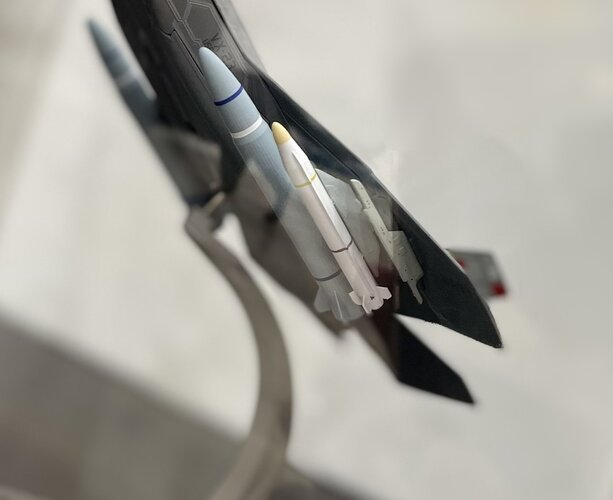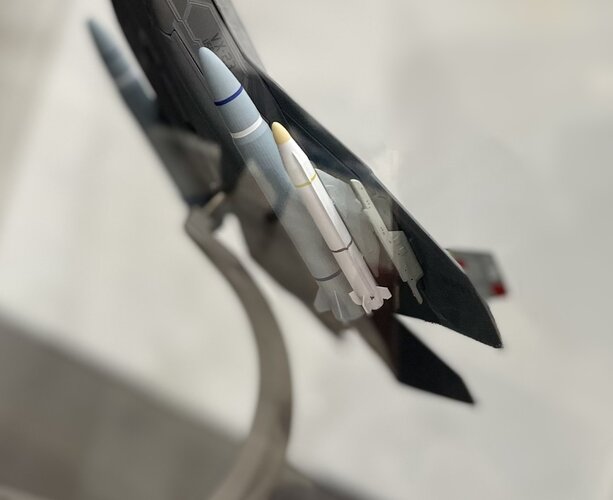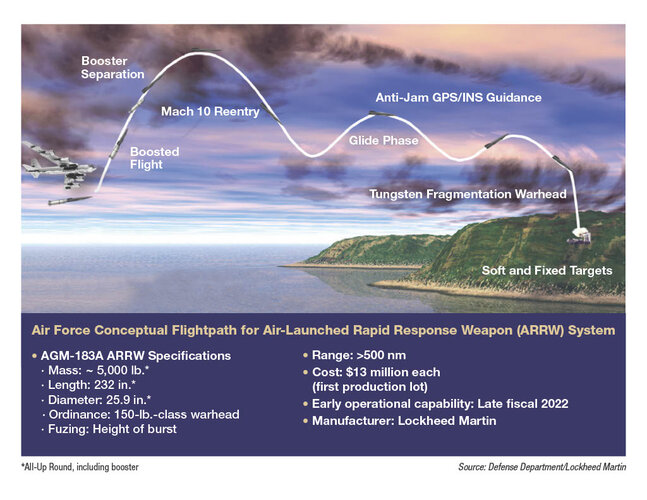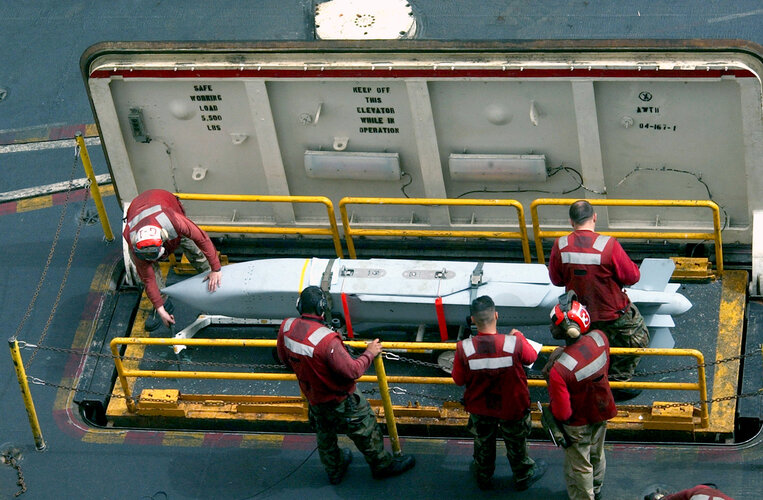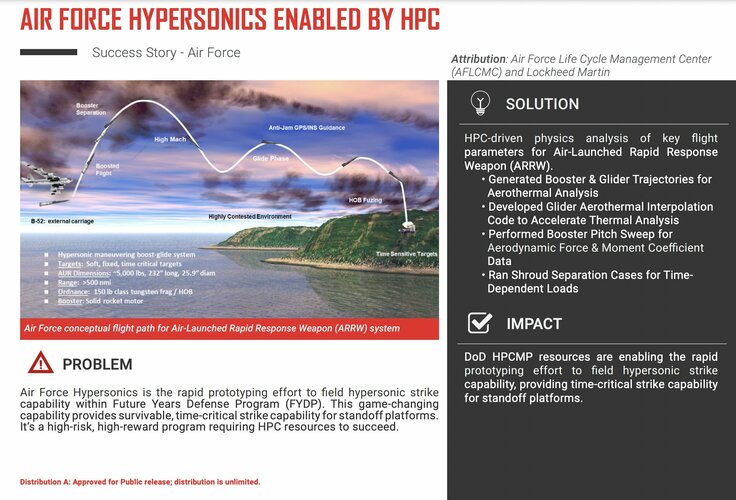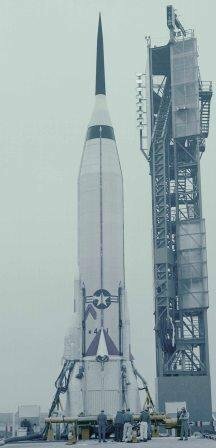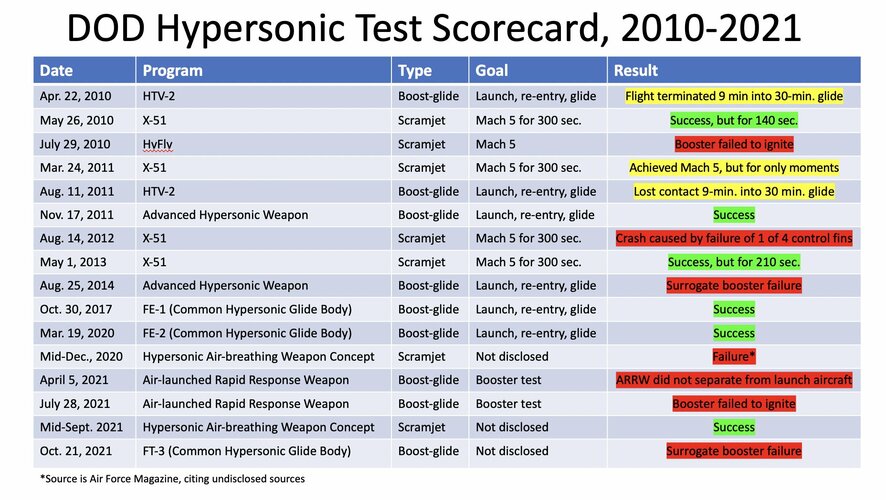bring_it_on
I really should change my personal text
- Joined
- 4 July 2013
- Messages
- 3,705
- Reaction score
- 3,959
I don't think they will open it up for competition. Lockheed won the EMD competition and will likely continue to produce the glide body (its their proprietary design) it so it's more of a case of defining when the program transitions from prototyping to a program of record and funding that transition. If the FY-23 budget request includes a FYDP we will likely see that being rolled out in the future. Right now I think they will aim to IOC by Fiscal Year 2023 (10-12 months later than originally planned), maintain a few years of low volume prototyping production until a more sustainable program of record is created. They may also decide that the "A" variant just stays as a low volume prototype and what they take into production (call it the "B" variant) is more capable and incorporates the enhancements that DARPA has worked on since ARRW was launched in 2018. At that time they may determine of the Raytheon glider is a better fit but I think Raytheon will likely focus on the Navy need. There's also the son of OpFires which could lead to an Army or Marine requirement so maintaining two TBG designs in production (one at high volume and the other at low volumes) probably makes sense long term.
ARRW's mass production will probably be dictated by testing success. The Congress (so far) has fully funded the R&D ask in FY-22 but cut the production budget from 12 down to 8 but added language that would allow any left over R&D money to be used to buy more rounds. If 12-months from now they've made good progress on testing then I think the USAF will move more rapidly into higher volume production so may decide to transition into higher volume production (few dozen AUR's a year) by 2025.
ARRW's mass production will probably be dictated by testing success. The Congress (so far) has fully funded the R&D ask in FY-22 but cut the production budget from 12 down to 8 but added language that would allow any left over R&D money to be used to buy more rounds. If 12-months from now they've made good progress on testing then I think the USAF will move more rapidly into higher volume production so may decide to transition into higher volume production (few dozen AUR's a year) by 2025.
Last edited:

